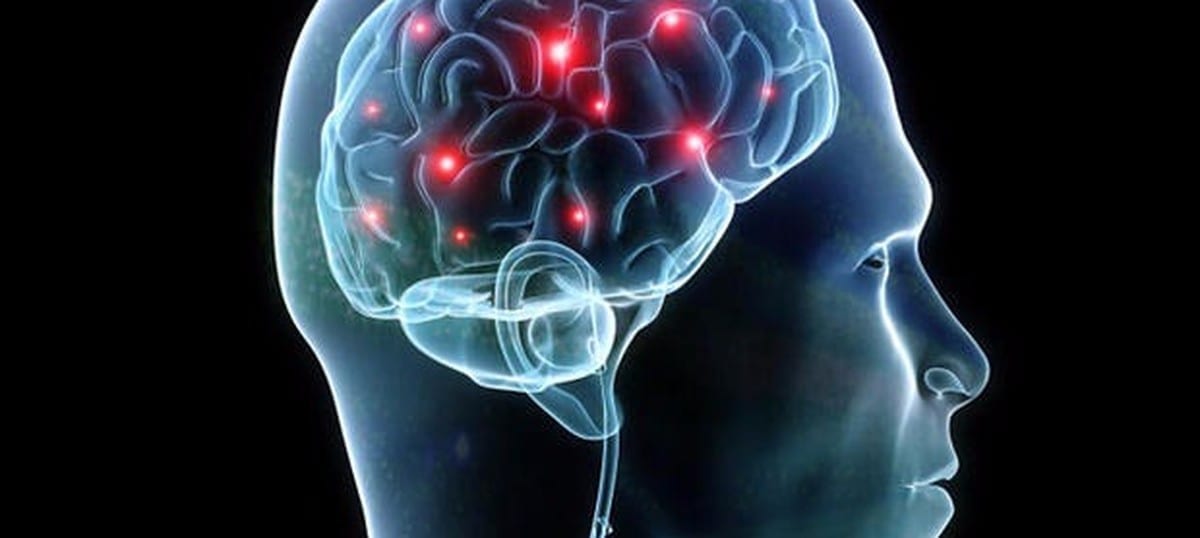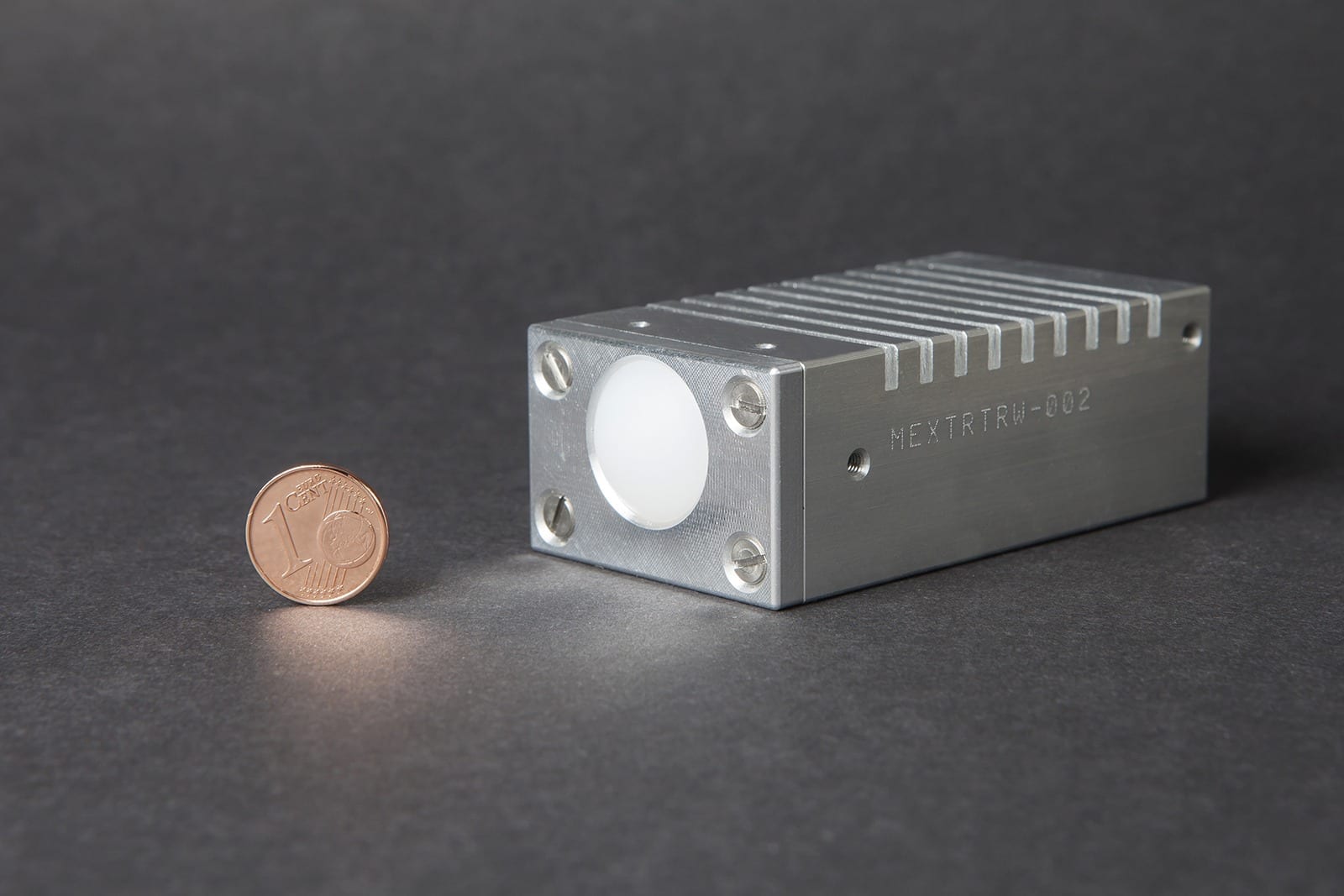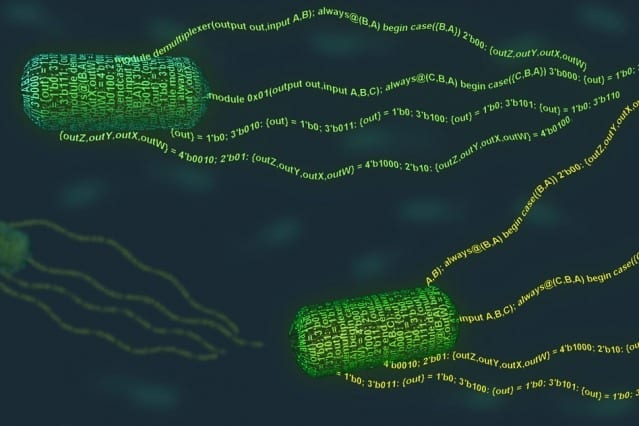
One of the most intriguing physics discoveries of the last century was the existence of antimatter, material that exists as the “mirror image” of subatomic particles of matter, such as electrons, protons and quarks, but with the opposite charge. Antimatter deepened our understanding of our universe and the laws of physics, and now the same idea is being proposed to explain something equally mysterious: memory.
When memories are created and recalled, new and stronger electrical connections are created between neurons in the brain. The memory is represented by this new association between neurons. But a new theory, backed by animal research and mathematical models, suggests that at the same time that a memory is created, an “antimemory” is also spawned – that is, connections between neurons are made that provide the exact opposite pattern of electrical activity to those forming the original memory. Scientists believe that this helps maintain the balance of electrical activity in the brain.
The growth of stronger connections between neurons, known as an increase in excitation, is part of the normal process of learning. Like the excitement that we feel emotionally, a little is a good thing. However, also like emotional excitement, too much of it can cause problems.
In fact, the levels of electrical activity in the brain are finely and delicately balanced. Any excessive excitation in the brain disrupts this balance. In fact, electrical imbalance is thought to underlie some of the cognitive problems associated with psychiatric and psychological conditions such as autism and schizophrenia.
In trying to understand the effects of imbalance, scientists reached the conclusion that there must be a second process in learning that acts to rebalance the excitation caused by the new memory and keep the whole system in check. The theory is that, just as we have matter and antimatter, so there must be an antimemory for every memory. This precise mirroring of the excitation of the new memory with its inhibitory antimemory prevents a runaway storm of brain activity, ensuring that the system stays in balance.
While the memory is still present, the activity it caused has been subdued. In this way, antimemories work to silence the original memory without erasing it.
Learn more: Antimatter changed physics, and the discovery of antimemories could revolutionise neuroscience
The Latest on: Antimemories
[google_news title=”” keyword=”antimemories” num_posts=”10″ blurb_length=”0″ show_thumb=”left”]
via Google News
The Latest on: Antimemories
- Feed has no items.
via Bing News











